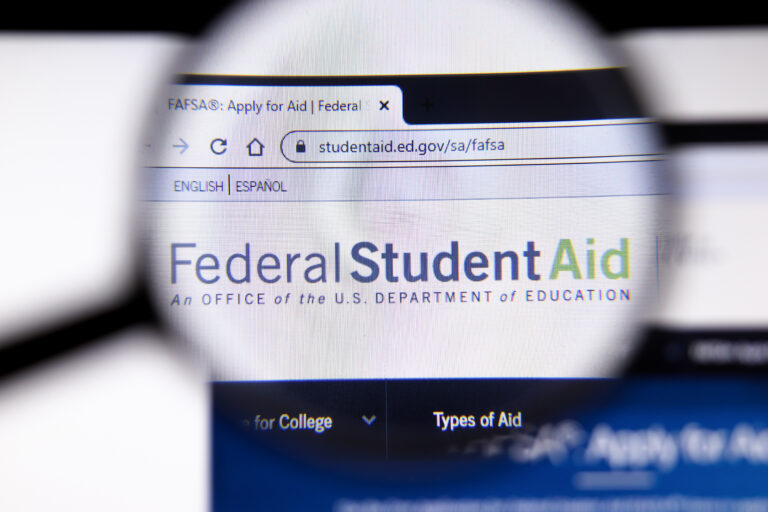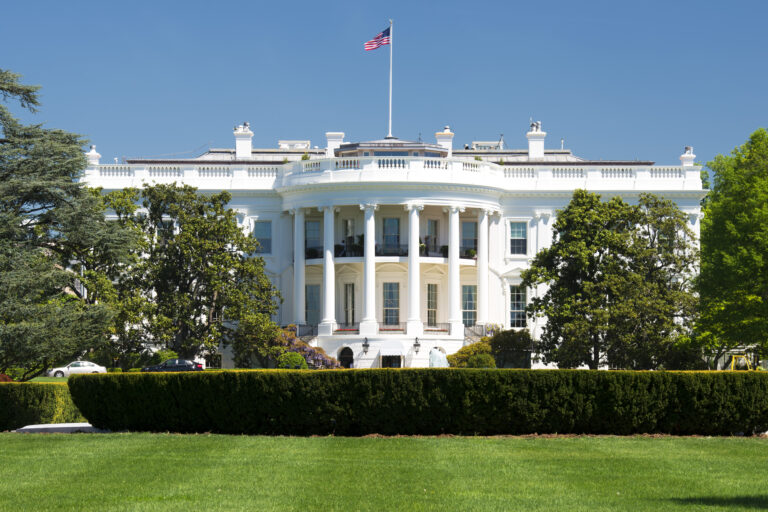For the first time in nearly four decades, the Free Application for Federal Student Aid – or the FAFSA – will undergo a major transformation expected to improve and streamline the application process for federal financial aid for millions of learners and their families.
The new FAFSA has been touted as the “Better FAFSA.”
What’s “better” about the Better FAFSA?
Some of the changes include:
- A new Student Aid Index, which replaces the Expected Family Contribution (EFC)
- Expansion of federal Pell grant eligibility
- Automatic population of federal income tax data from the Internal Revenue Service (IRS)
- More details about the school’s cost of attendance (COA)
- Removing questions about Selective Service and drug convictions
- Simplifying questions that determine a learner’s independent student status
But, while there are a myriad of changes that will certainly be better for students, families, and even those in higher education, the rollout of the improved federal form is already delayed.
A delay is not “Better” for students or families
According to the U.S. Department of Education’s (ED) Office of Federal Student Aid, changes to the FAFSA will be implemented in phases, with full implementation of the major provisions in time for the 2024-25 award year.
Unfortunately, that means that access to the FAFSA is going to be delayed. Historically, the FAFSA has opened for applicants on October 1. This year, the Office of Federal Student Aid has signaled to applicants that the FAFSA will not be available until December.
And with an impending government shutdown, it is quite possible that the availability of the new, Better FAFSA will be delayed even longer.
What they’re saying
“The new, Better FAFSA will translate to a shorter and simpler application and increased eligibility for Pell Grants for lower-income students,” according to Kim Cook, president of the National College Attainment Network (NCAN).
But Cook acknowledges the delicate balance between launching a well-functioning application that makes beneficial improvements and the impact of the delayed release. She explained that “this year, students and families will have two to three fewer months to complete the FAFSA.”
“Now is the time to train practitioners and counselors in the changes and to prepare students with FSA IDs so they can be ready to submit their FAFSA as soon as possible after the launch date. It will be critical for campus professionals and counselors to use Pell look-up tables to message affordability to students as they make decisions about whether to and where to apply for college,” said Cook.
Whiteboard Advisors’ Noah Sudow worries that “There are bound to be kinks and disruptions.” He notes that a “growing number of advocates are already calling for states to consider extending their financial aid application deadlines.”
Understanding the Better FAFSA
In addition to the resources provided by ED to campus professionals to understand the Better FAFSA, NCAN is offering training for financial aid administrators and other campus-level professionals who support students (full schedule here) and they answer some of the most frequently asked questions about the Better FAFSA in a full FAQ available to the public.
“For better or worse, improving the FAFSA is just the first step. It’s just as important to give students and families the guidance and coaching they need to actually complete the application,” says Drew Magliozzi, co-founder and CEO of Mainstay, whose AI chatbot is supporting states from Rhode Island to Texas to California with their FAFSA completion efforts.
“So often, the reason students don’t fill out the FAFSA comes down to something incredibly simple — like confusion about the wording of a question, or misunderstanding of the requisite financial information. Technology can help, but state policymakers, as well as counselors, have a critical role to play in ensuring that students can get those answers quickly and accurately. It will take that kind of collaborative effort to fulfill the Better FAFSA’s promise as a tool to expand access and opportunity in higher education.”
In fact, some actions that campus professionals, advocates and families can take now, include:
- For Families: Create your FAFSA ID well in advance of completing the Better FAFSA, in order to avoid delays. It takes a few days for the FAFSA ID to be verified.
- For Campus Professionals: Communicate with students and families about the importance of consent for information exchange. While the Better FAFSA form can be submitted without consent, the new Student Aid Index will not be calculated.
- For Advocates: Highlight the expanded eligibility for Pell Grants, which according to NCAN and SHEEO data, projects 43% of students previously ineligible for a Pell Grant may become eligible under the Better FAFSA.
- For All: Students who did not qualify for some forms of financial aid previously, may now be eligible. The new federal formulas consider federal poverty levels and family size, now resulting in a larger Student Aid Index (SAI) for families with multiple students enrolled in college.



